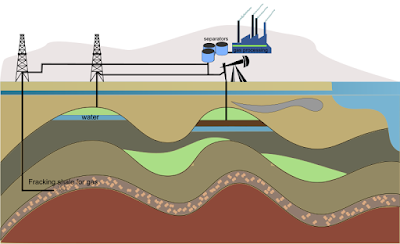23 HOTS Questions on Chemical Reactions You Must Know
Class 10 - Chemistry - Q & A
Q1: A white coloured water insoluble substance X on reacting with dilute H₂SO₄ released a colourless and odourless gas accompanied by brisk effervescence. When the gas was passed through water, the solution obtained turned blue litmus red. On bubbling the gas through lime water, it initially became milky and milkiness disappeared when the gas was passed in excess. Identify the substance X‘. Write its chemical equations of the reactions involved.
Answer: Calcium carbonate on reacting with dilute sulphuric acid releases a colourless and odourless gas carbon dioxide accompanied by brisk effervescence.
The chemical equation for this reaction is
CaCO₃ + H₂SO₄ → CaSO₄ + H₂O + CO₂
Ca(OH)₂(aq) + CO₂(g) → CaCO₃(s) + H₂O(l)
milky
CO₂ (g) + CaCO₃ (s) + H₂O (l) ⇌ Ca(HCO₃)₂ (aq)
(colourless)
Q2: Ahmad took a magnesium ribbon (cleaned) and burned it on a flame. The white powder formed was taken in a test tube and water was added to it. He then tested the solution formed with red and blue litmus paper. What change was seen? Why?
Answer:
⒜ Red litmus paper turned blue.
⒝ Blue litmus paper remained blue.
This is because the magnesium ribbon on burning in air forms the white magnesium oxide. MgO when dissolves in water, it forms magnesium hydroxide, which is basic in nature.
2Mg + O₂ → 2MgO
MgO + H₂O → Mg(OH)₂ (aq) + H₂(g)






